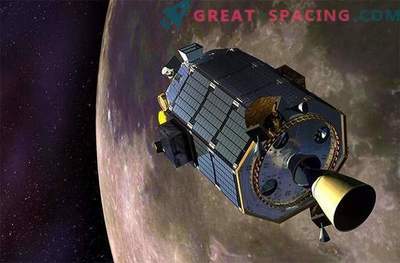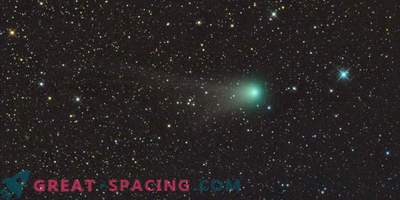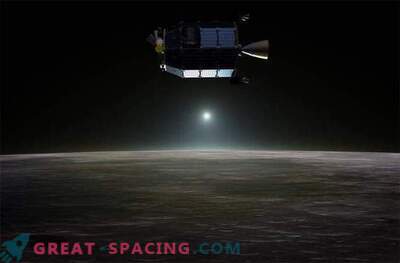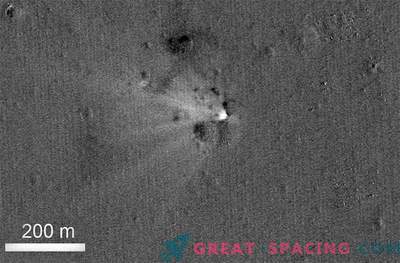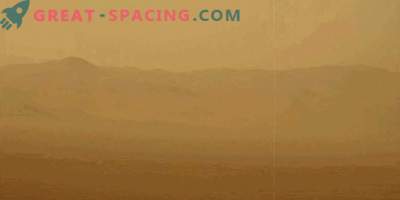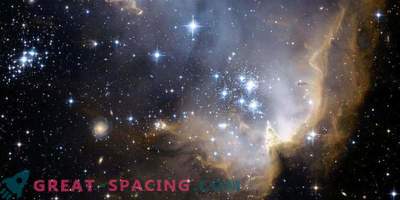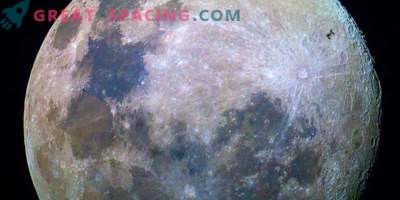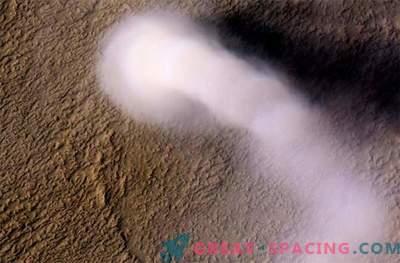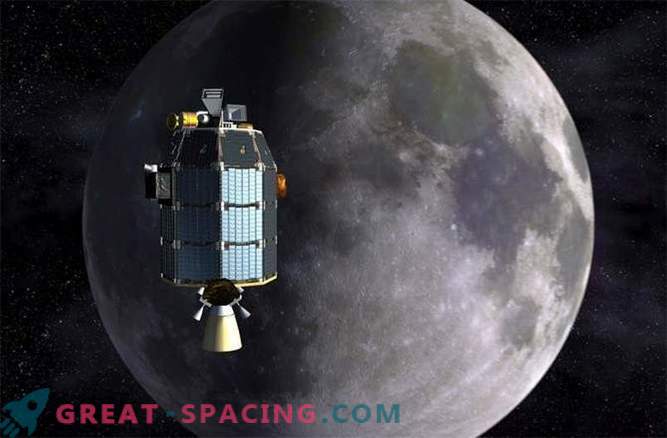
As it is known, the Moon exists without atmospheric air and, more importantly, has no need for any other manifestation of the atmosphere. The first results of NASA in a program aimed at studying the lunar atmosphere and the dust environment of its orbit, using a spacecraft, revealed permanent accumulations of dust enveloping the moon. Lead scientist at the Lunar Atmosphere and Dust Environment Explorer (LADEE) Mihaly Horanyi at a conference in Houston, which was held this week, said: “The Moon has an atmosphere. It consists of dust particles. ”
From 1969 to 1972, scientists tried to fix solar flares reflecting from dust on the Moon. Given that LADEE has the ability to fly at a very low distance from the moon, this allows it to get better results. With it, you can capture particles equal to one millionth of a meter, which collide with each other into one unique structure, and then evaporate. That according to Mihaly Horanyi happens quite often, about two times a minute
In addition, the LADEE apparatus makes it possible to record large bursts that form up to 300 particles per minute, which, according to scientists, is caused by micrometeorites permanently colliding with the surface of the moon and thus provoking a kind of dust rain. “It's just as if you were flying near a dust cloud formed by a series of random collisions” - Richard Elphic. Geologist Harrison “Jack” Schmitt, the last astronaut of the project, who was on the surface of the moon, noted the inconsistency of the data, since a sufficient number of rocks do not have dust on their surface. “From time to time it is possible to see the regolith, which was thrown on the rock, but with time it was not covered with a layer of dust. I cannot understand the physical model in which dust particles are subject to free levitation in space, but they do not accumulate on the rocks, ”says Schmitt.
It is expected that research will help to understand the mechanisms occurring on other planets with no atmosphere. LADEE, which now flies between 8 and 37 miles above the lunar equator, will spend the last month exploring the surface, being only 3 miles above the Moon.


